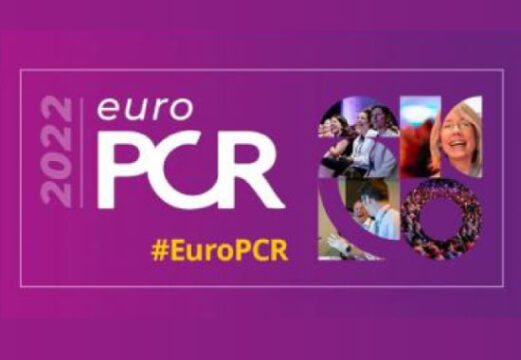PCI success rate in chronic total occlusion (CTO), according to some registries, is below 80%. These failed revascularization procedures might lead to quality-of-life deterioration and shorter survival. This concern has driven the development of new techniques and technologies in an attempt to increase PCI success. Today, approximately 20% of CTOs are treated with a second procedure.

In this study, CTO plaque was modified with a technique also called Investment Technique, which consists of intentional dilation from proximal to distal cap with balloon, in patients with failed CTO PCI, aiming at improved success rate at repeat attempts.
The aim was to determine whether drug coated balloons (DCB) could simplify a future procedure, reduce adverse events and improve procedural success vs. conventional balloons.
This randomized multicenter study on 371 CTO patients, 44 with failed initial PCI (they randomized 22 patients to DCB and 22 to conventional balloon angioplasty). Primary end point was procedural success of second procedure, done 3 months after the first. Secondary end points were procedure duration, complexity, adverse events after one year and changes in quality of life.
Read also: EuroPCR 2022 | Jenavalve Trilogy System: Valve for Severe Aortic Regurgitation.
The use of DCB resulted in increased procedural success the second time around, though non-significant (90% vs 81.8%), reduced procedural duration (33 vs 60min), lower amount of contrast (170 vs 334ml), reduced radiation exposure (1.7 vs 3.2 Gy). The composite of MACE at one year in addition to contrast induced nephropathy was better with DCB.

Dr. Omar Tupayachi.
Member of the Editorial Board of SOLACI.org.
Source: Presented by Amat-Santos, I. en EuroPCR 2022, París, Francia.
Subscribe to our weekly newsletter
Get the latest scientific articles on interventional cardiology





